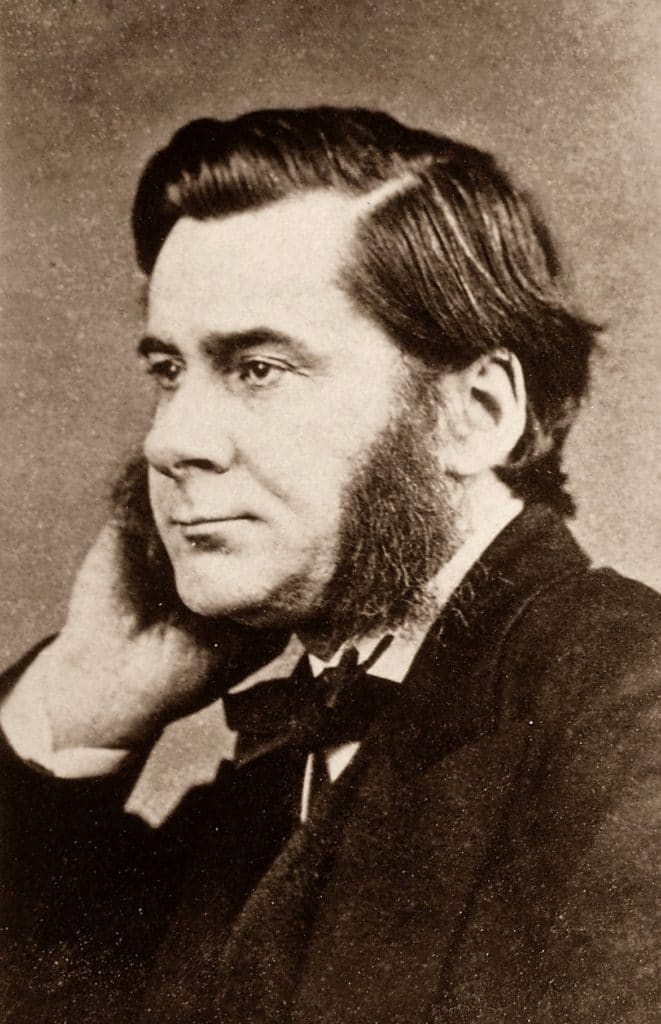The Great Influenza
I always believe we can learn so much from history, and that’s one reason I enjoy reading about history so much, especially medical history. This is incredibly relevant now, as the pandemic dominates the news, and our lives.

A few years ago, I read a great book called “The Great Influenza,” by John M. Barry (Penguin Books, 2004). I decided to reread it, since so many people on social media are making comparisons to coronavirus and the Spanish influenza pandemic of 1918, particularly in how our government is handling it.
Tonight, I just want to set the stage for the pandemic. It’s incredible to see how far we have come medically since the early 1900s.
First, know that the Spanish flu to this day remains the worst disease in history. Nothing can compare, not HIV, not COVID-19. From just 1918 to 1920 from 21-50 million would die from it. It’s estimated that 8-10% of all young adults then living may have been killed by it.
What I love about this book is that it’s also the story of science, and how our thinking changes in response to a medical crisis. We’re watching that in action even now, as politicians, physicians, the nightly news and even our own friends now social media battle it out for what are the right approaches to take.
First—and this is incredible–medicine was not held in high esteem in the US. Barry reports that as late as 1900 only 20% of medical schools required a high school diploma! Almost anyone could call themselves doctor. Most medical students attended lectures, took one test, and never even saw a patient until they started practicing.
Barry notes that when Union Surgeon William Hammond stopped the use of violent purgatives (to rid the patient of “bad humors” like bile), he was court martialed and condemned by American Medical Association! No institution supported any medical research, and at Harvard, one professor of surgery admitted most medical students could barely write! Harvard president Charles Eliot realized the entire medical system had to be updated and improved.
And so began a movement to improve the American medical system. To whom did we look? Europe. The best medical institutions in the world were in Germany and France.
And so on September 12.1876, Johns Hopkins University was founded to change the way medicine was researched, delivered, and taught in America. If you watch CNN, you’ll note in the right hand margin that its daily statistics on COVID-19, including number of cases and number of deaths, is from Johns Hopkins University.

During the opening celebration, keynote speaker and English scientist Thomas H. Huxley, said, “Sit down before a fact as a little child, be prepared to give up every preconceived notion. Follow humbly wherever and to whatever abysses nature leads, or you shall learn nothing.”
It’s unfortunately not what many people are doing these days: accusations of misleading the public for political gain are tossed around from the CDC to the White House to news outlets, leaving us confused and anxious. Huxley would rather we listen and learn with open minds. And we can learn from the Spanish flu pandemic. To be continued next Sunday…

